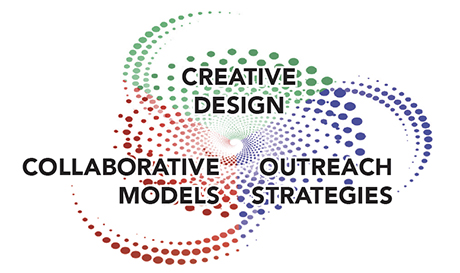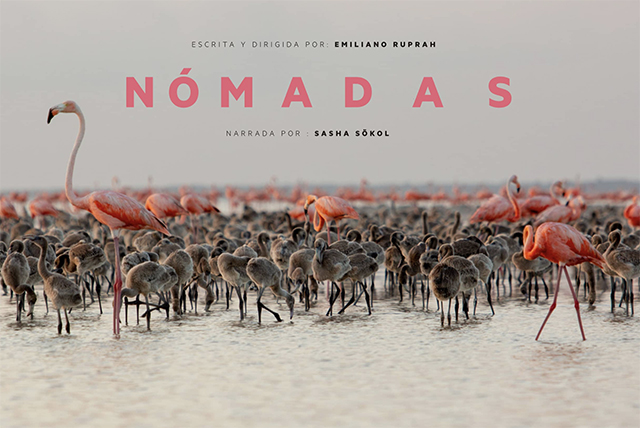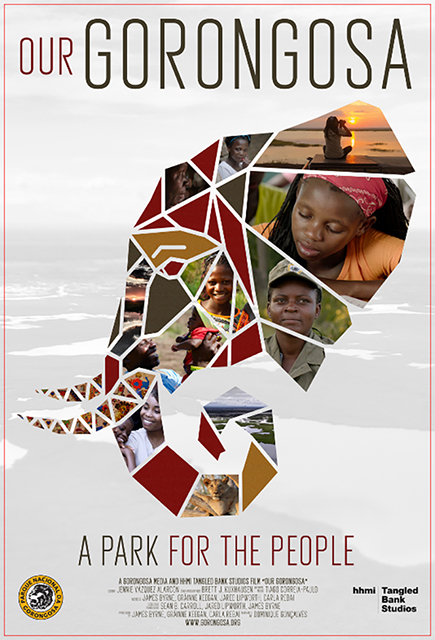More Information
To read about our research and this framework in detail, please refer to our Impact Media Research website, where you can download the full report.
The Impact Spiral Framework outlines a non-linear and iterative process which allows filmmakers to think about the ways they can enhance the impact of their media. That is, the framework can and should be used throughout the preproduction, production and distribution stages.
 This framework can help you consider how you can involve local communities in the conceptualization of your films through collaborative and participatory models. It can also, for example, guide you in identifying the right emotional tone to use in your film in order to mobilize the audience toward climate action.
This framework can help you consider how you can involve local communities in the conceptualization of your films through collaborative and participatory models. It can also, for example, guide you in identifying the right emotional tone to use in your film in order to mobilize the audience toward climate action.
Additionally, the framework can aid you in determining the best outreach strategy. It encourages you to take into account how social media can be used innovatively to reach a wider audience in today’s digital communication landscape.
To ensure the effectiveness of the strategies you are employing throughout your filmmaking process, the Impact Media Report then provides you with tools you can use to assess impact at each stage of filmmaking.
The report also includes detailed case studies of effective nature, environmental and science films. To give you a little taste, here are some examples of films, about which we have written case studies:
 Nómadas (2020) by Emiliano Ruprah
Nómadas (2020) by Emiliano Ruprah Ruprah created the first all-Mexican production of a blue-chip natural history film and used it as an opportunity to train the next generation of local environmental filmmakers.
 Our Gorongosa (2019)
Our Gorongosa (2019)This film features a Mozambican elephant ecologist, Dominique Gonçalves, who facilitates a mutually beneficial co-existence between the community that lives near the Gorongosa National Park and the elephants from the park. The film highlights the interdependence between the animal kingdom and humans. The filmmaking team has been promoting this message of interdependence through solar powered mobile cinemas that reach remote communities in Mozambique.
Beyond the case studies provided in our 2020 report, our team publishes new case studies on our Storytelling for Impact medium blog.